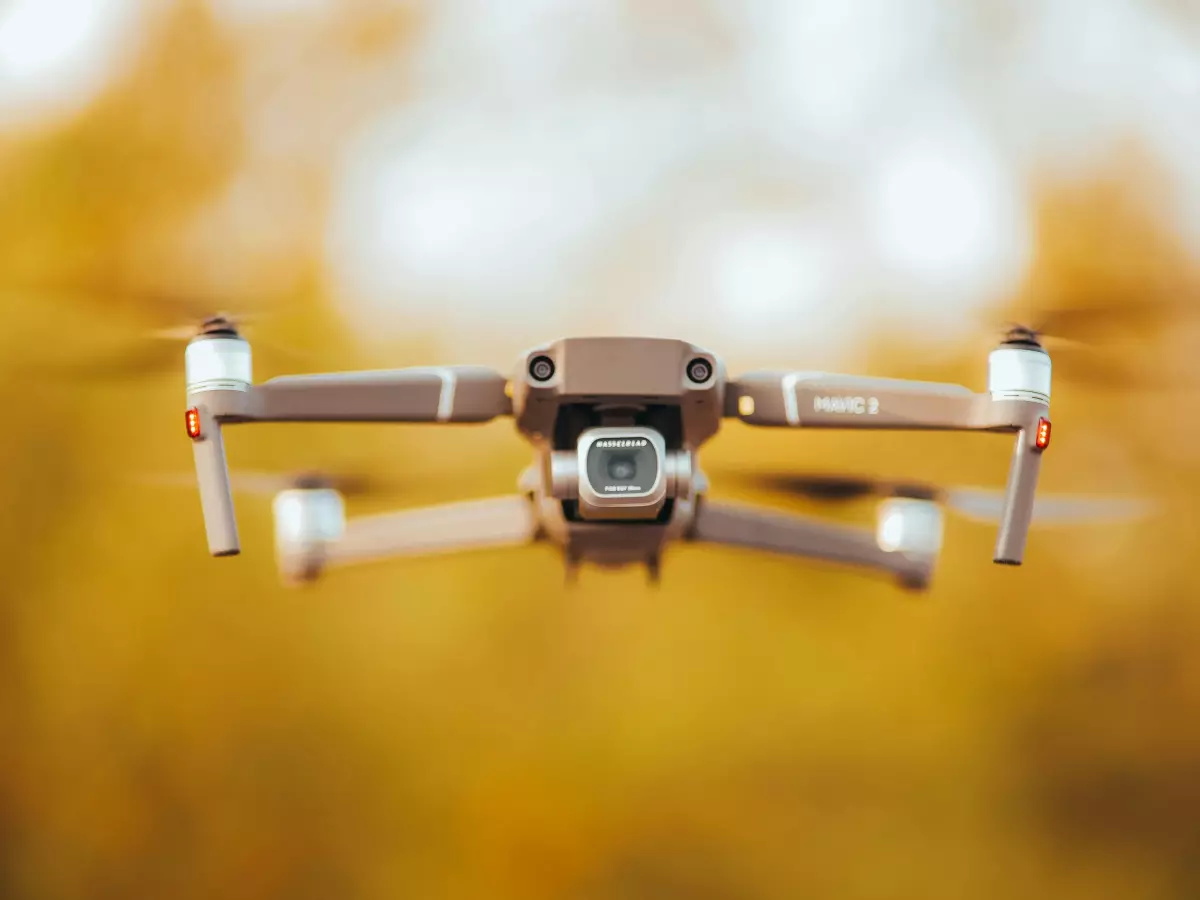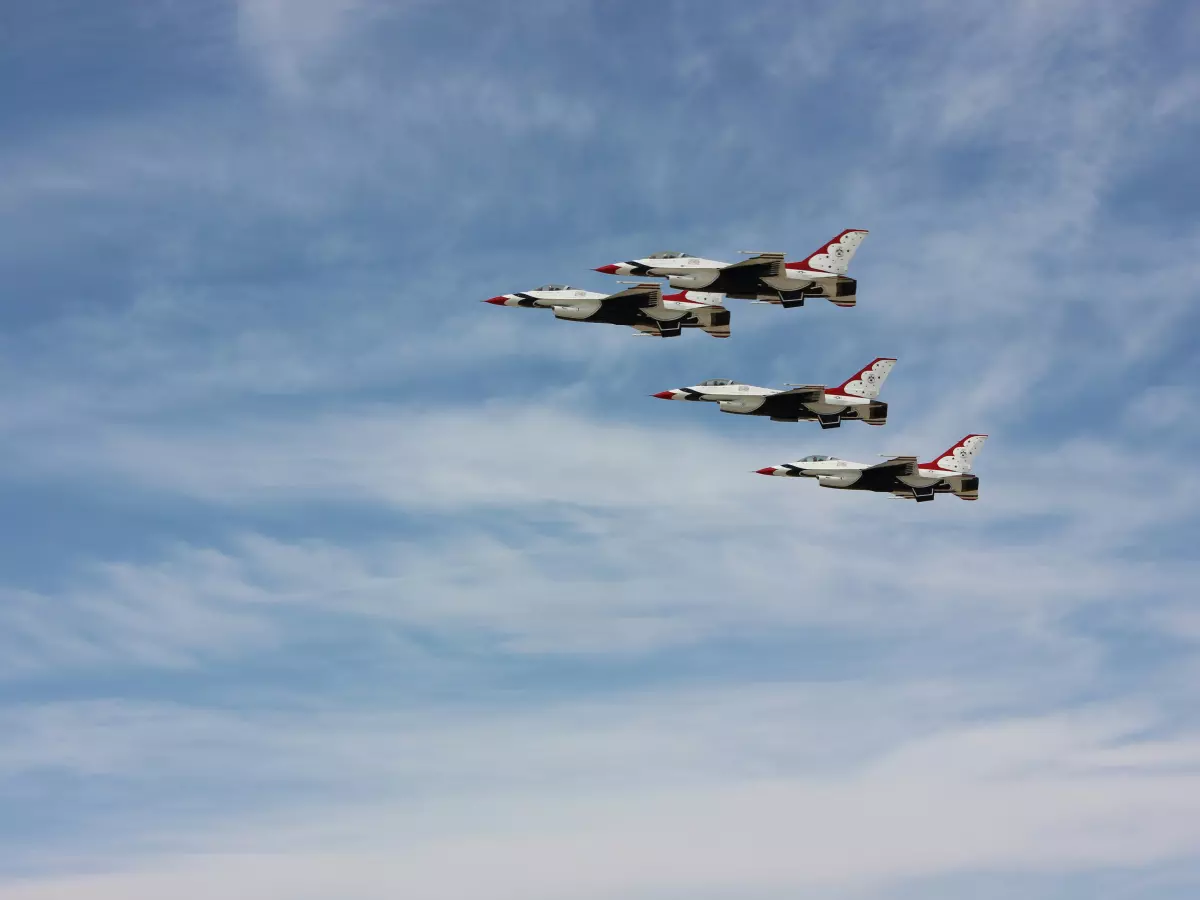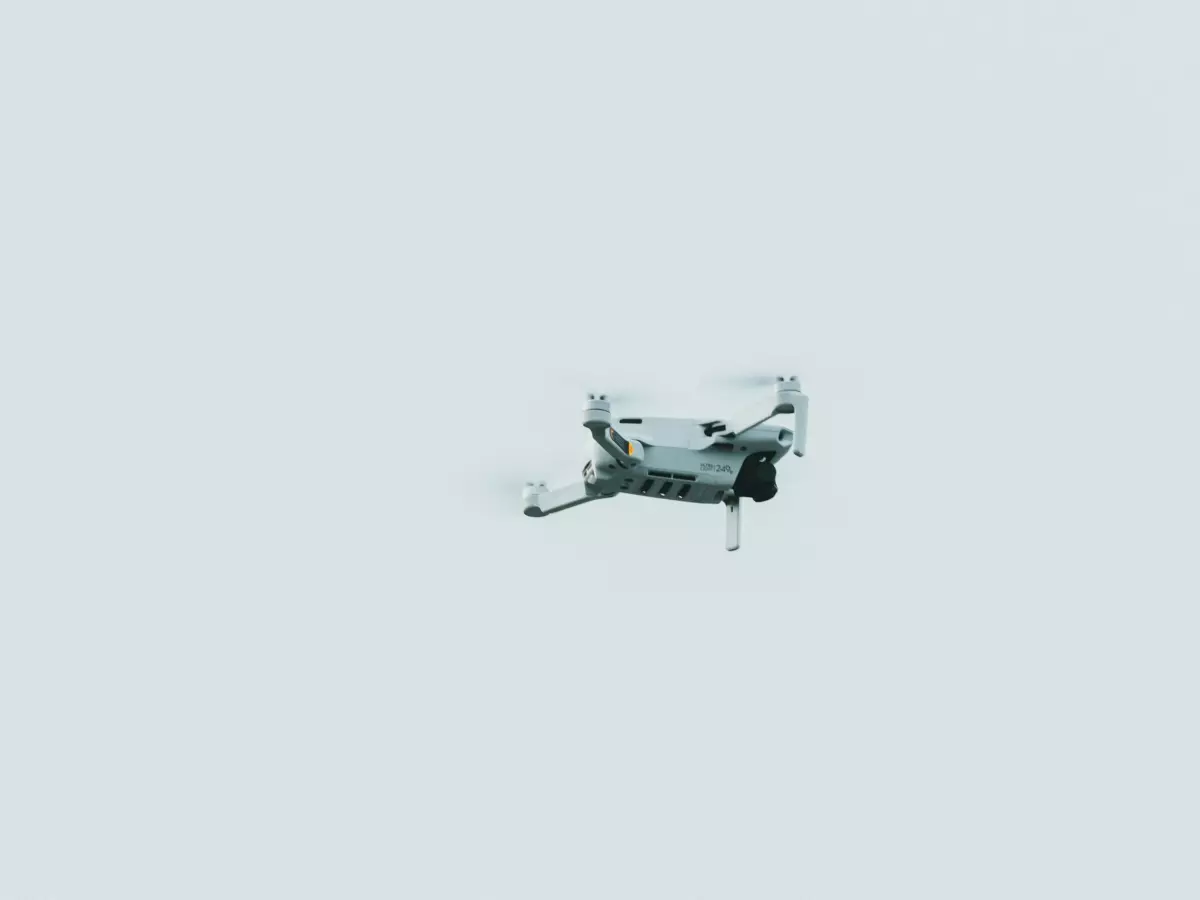Mastering Complexity
Drones don’t just fly—they navigate, adapt, and survive in environments that would make even the most seasoned pilots sweat. But how do they do it? It’s not just about slapping on some AI and calling it a day. The real magic happens in the software, and it’s all about how drones handle complex environments.

By Liam O'Connor
Let’s be real—flying a drone in an open field is child’s play. But what happens when you throw in some obstacles, unpredictable weather, or a dense urban jungle? That’s when things get interesting. And it’s not just about avoiding a crash. Drones need to make real-time decisions, adapt to changing conditions, and still complete their mission. So, how do they pull off this aerial wizardry? The answer lies in the flight control software, sensor fusion, and a dash of autonomy.
Flight Control Software: The Brain Behind the Wings
At the heart of every drone is its flight control software. Think of it as the brain that keeps everything in check. It’s responsible for stabilizing the drone, adjusting its position, and making sure it doesn’t go rogue. But here’s the kicker—it’s not just about keeping the drone in the air. The software has to process a ton of data from sensors, GPS, and even cameras to make real-time decisions.
For example, if a gust of wind hits, the flight control software has to compensate instantly, adjusting the drone’s tilt, speed, and altitude. It’s like juggling while riding a unicycle—except the stakes are a bit higher when you’re 200 feet in the air.
Sensor Fusion: The Eyes and Ears
Now, let’s talk about sensor fusion. If the flight control software is the brain, then sensor fusion is the eyes and ears. Drones are equipped with a variety of sensors—gyroscopes, accelerometers, barometers, and more. Each sensor provides a piece of the puzzle, but on its own, it’s not enough. That’s where sensor fusion comes in.
Sensor fusion takes all that data and combines it into a single, coherent picture. It’s like having multiple camera angles in a movie—each one gives you a different perspective, but together, they tell the whole story. This allows the drone to understand its environment better, detect obstacles, and even predict what might happen next.
For instance, a drone flying through a forest needs to know the difference between a tree branch and a gust of wind. Sensor fusion helps it make that distinction, ensuring it doesn’t slam into a tree while trying to dodge a phantom breeze.
Autonomy: The Decision-Maker
So, we’ve got the brain (flight control software) and the senses (sensor fusion), but what about the decision-making? That’s where autonomy comes in. Autonomy allows drones to make decisions on their own, without human intervention. But here’s the thing—it’s not just about following a pre-programmed path. Autonomous drones need to adapt to their environment in real-time.
For example, if a drone is tasked with inspecting a building and suddenly encounters a flock of birds, it needs to decide whether to stop, change course, or continue. And it has to make that decision in a split second. Autonomy is what allows drones to navigate complex environments without constantly needing a human to step in and take control.
Why It All Matters
So, why should you care about how drones handle complex environments? Well, think about it—drones are being used for everything from delivering packages to inspecting infrastructure to search-and-rescue missions. In each of these scenarios, the drone is operating in an unpredictable, often chaotic environment. The better the drone can handle complexity, the more reliable and useful it becomes.
And here’s the kicker—this technology isn’t just for drones. The same principles of flight control software, sensor fusion, and autonomy are being applied to self-driving cars, robotic surgery, and even space exploration. So, the next time you see a drone zipping through the sky, remember—it’s not just a flying gadget. It’s a glimpse into the future of autonomous systems.
In a way, we’re seeing history repeat itself. Just like early aviators had to master the complexities of flight, today’s engineers are mastering the complexities of autonomy. And just like the Wright brothers paved the way for modern aviation, today’s drones are paving the way for a future where machines can navigate the world on their own.





